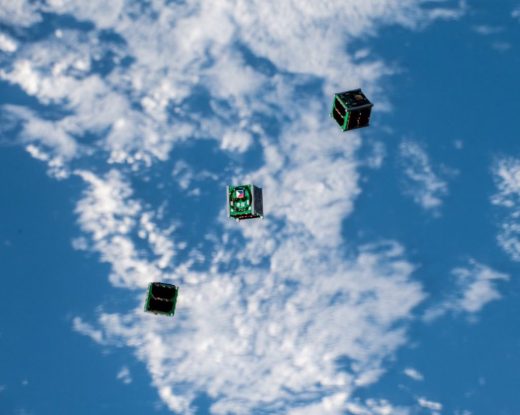Small satellites, which typically refers to spacecraft in the kilogram to a few hundred kilograms range, have become in the past few years a large and growing part of what is happening in space. Smallsats have actually been around since the start of the Space Age. Just a few years after Sputnik reached orbit, the first amateur satellite reached orbit as well. (See A Brief History of AMSAT.) Note that “amateur” here refers primarily to the involvement of the amateur radio community and the use of amateur radio bands for communications with the satellites.
For decades, smallsats remained a niche activity carried out mostly by AMSAT and university student teams. Now companies like Planet and Spire operate hundreds of satellites in orbit for commercial purposes and constellations with thousands of satellites are set to be deployed during the coming years.
The Small Satellite Conference has been held annually in Logan, Utah since 1987 and it’s growth from a gathering of less than a hundred people to a jamboree with a few thousand people has mirrored the growth in the smallsat sector. In this interview, Dr. Pat Patterson, Director of Advanced Concepts at Utah State University Space Dynamics Laboratory and Chairman of the SmallSat Conference, talks about the Constellations, a New Space and Satellite Innovation Podcast: Sputnik, Constellations and the Evolution of the Small Sat Industry
After referring to the 84 kg Sputnik, launched in 1957 as a “small satellite,” Dr. Patterson discusses the three keys to the growth of the small sat industry: affordability, responsiveness and shorter development cycles. And because the barrier to entry is so much lower for small satellites, more and more small companies begin to come online bringing a lot more competition, which brings a lot more good ideas to the table.
====
Einstein’s Monsters: The Life and Times of Black Holes



